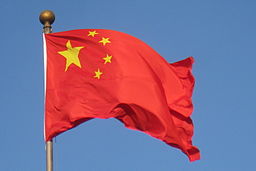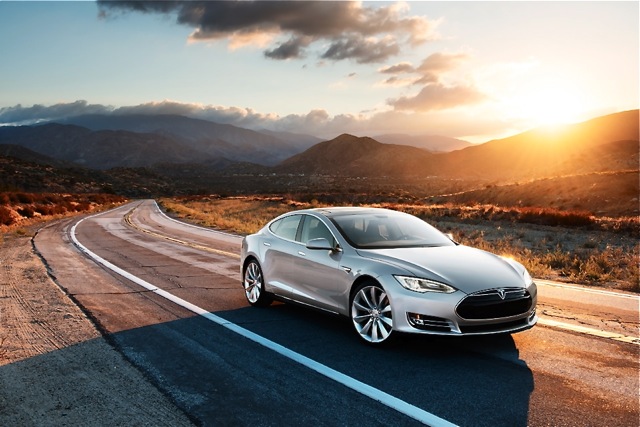 (Photo: Tesla Motors, USA)
(Photo: Tesla Motors, USA)
by David Parmer
Soon affluent Chinese motorists will have a chance to test and purchase America’s hottest new car, the Tesla Model S. The Model S has gotten rave reviews from America’s top auto magazine Road and Track as well as from Consumer Reports, one of the country’s leading product review journals. Positioned as a luxury sedan and priced at $70,000 (USA) and being an electric vehicle, the Tesla Model S, might not be the car for everyone. While the questions of power and range have been addressed, the sticking point still remains the lack of charging infrastructure for electric vehicles. In the USA, charging can be done at home, but in many places (Hong Kong and Beijing for example) people tend to live in high-rise buildings which makes home charging problematic.
In addition, Tesla is not having a smooth entry into the Chinese market due to a copyright battle with a Chinese concern which has registered the Tesla name, and has set a selling price that Tesla will not meet. As a work-around,Tesla is reported to be changing the name to “Tuosule” for the mainland China market.
Tesla has also paid attention to the localization of its product. In China, people who can afford to buy and operate a luxury sedan usually have someone else drive it for them. One of the Tesla Model S’ strong points, however, is that it is a “driver’s car.” That is, the experience of the vehicle is really fully understood by driving it. Perhaps styling, scarcity value and cutting-edge technology will counter this and keep its attractiveness quotient high among prospective buyers. Tesla is also looking at modifying the rear seating area to accommodate wealthy owners who are being driven rather than driving. Marketing seems to be supporting its appeal to the newly-affluent by placing its Beijing showroom in an upscale building surrounded by luxury brand shops.
Road & Track Magazine,Tesla Model S: http://www.roadandtrack.com/car-reviews/road-tests/road-test-2013-tesla-model-s?src=soc_fcbks
Consumer reports highest-scoring car: http://www.consumerreports.org/cro/news/2013/05/video-the-tesla-model-s-is-our-top-scoring-car/index.htm
 日本語
日本語 English
English 中国語
中国語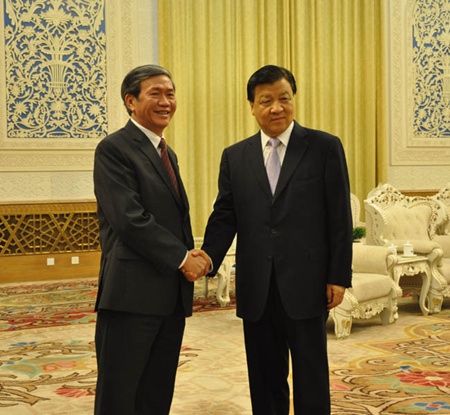
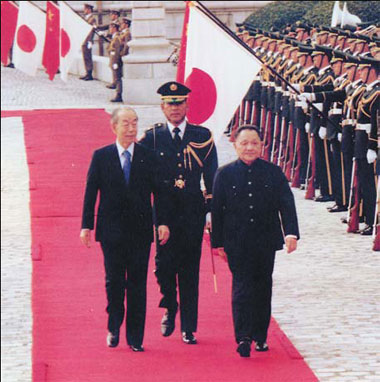
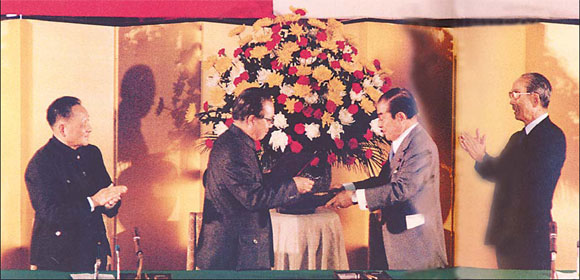
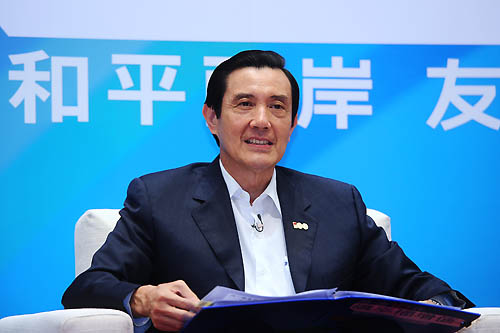

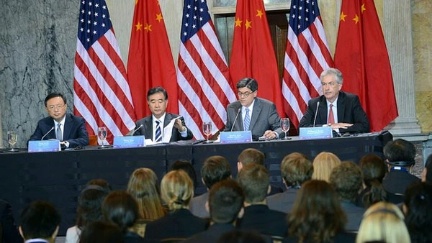
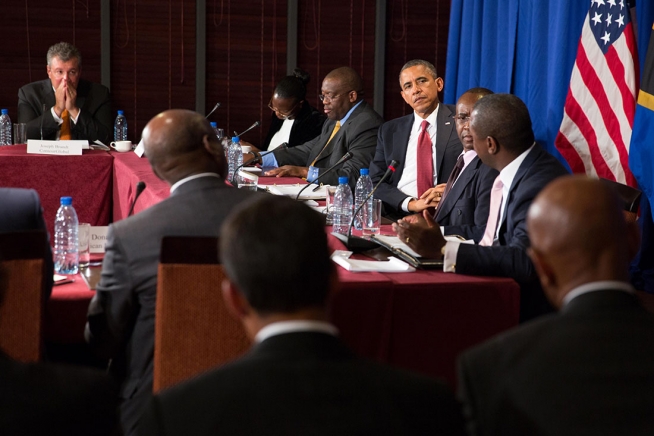 (White House Photo: Chuck Kennedy)
(White House Photo: Chuck Kennedy)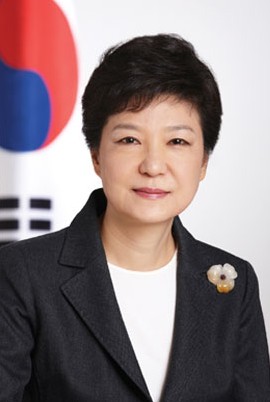
 November 2012-April 2013
November 2012-April 2013